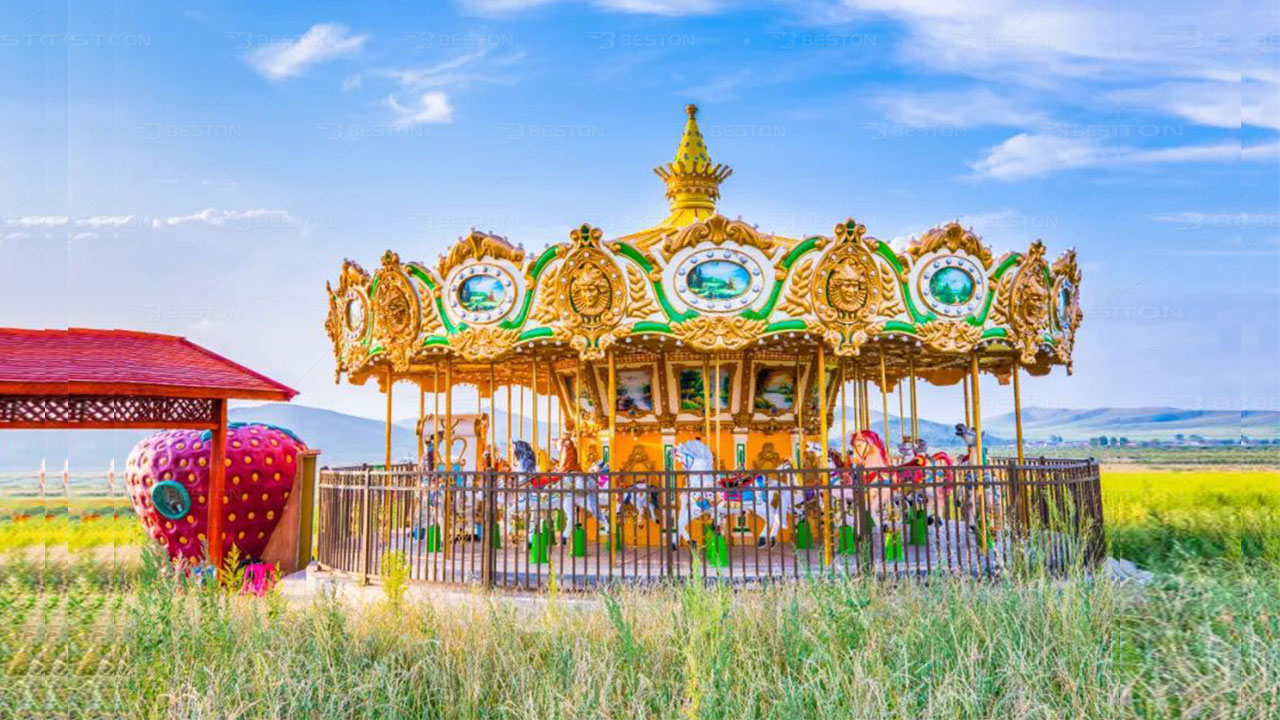Making the right financial decision when investing in an amusement carousel ride starts with understanding its true cost. Whether you’re setting up a new park or expanding an existing one, estimating expenses beyond just the sticker price is critical. This article breaks down the cost structure of carousel rides (карусель аттракцион) and compares it to thrill-based attractions like the swing tower ride and drop tower ride.
Breaking Down the Base Price of a Carousel
The most basic factor in carousel pricing is the ride’s core design. A small, single-tier carousel suitable for young children may cost between $6,000 and $25,000, depending on features such as LED lighting, themed panels, and the number of horses. More elaborate, double-decker versions with handcrafted decorations can range from $50,000 to over $150,000.
Manufacturing materials also affect cost. Fiberglass animals are cheaper than carved wooden figures. Stainless steel support structures increase durability, but they also raise the overall price. Buyers must consider whether the added longevity is worth the upfront investment.

Customization and Theming Add to the Price
Amusement parks that aim for brand consistency or thematic zones may require custom carousels. Tailored artwork, unique animal figures, and branded signage can push costs up significantly. For example, a pirate-themed carousel with custom boats and treasure chest seating may be 30% more expensive than a standard model.
In contrast, thrill rides like a swing tower ride (седьмое небо аттракцион) often come with preset themes (sky, space, city skyline) but have fewer customizable visual elements. The customization premium on carousels makes them more flexible visually but often pricier in total execution.
Hidden Fees That Impact the Final Budget
Many buyers overlook additional charges that come after the base price. These include:
- Shipping and Crating: Especially significant for international deliveries.
- Taxes and Import Duties: Depending on the country, these can add 10%–30% to your cost.
- Insurance: Transport and installation coverage are essential for high-value items.
For thrill rides such as a drop tower ride, these costs can climb even higher due to weight, height, and installation complexity. However, carousels, though generally smaller, also require secure packaging and sometimes disassembly and reassembly services.
Operational and Maintenance Budgeting
The cost of a carousel doesn’t stop after installation. Electricity consumption, daily inspections, routine lubrication, and occasional part replacements all factor into long-term expenses. On average, operators should allocate 10%–15% of the original purchase price annually for upkeep.
Compared to a drop tower ride (аттракцион свободное падение), which demands high-frequency mechanical testing due to its intense vertical motion, carousels are more economical to maintain. Still, ignoring maintenance can lead to larger repair bills or downtime, which directly affects park revenue.
Cost Differences: New vs. Pre-Owned Carousels
Used carousels offer upfront savings, often costing 40%–60% less than their new counterparts. However, the buyer must weigh these savings against the risk of wear and tear. It’s crucial to get a full mechanical inspection and ask for refurbishment history.
Secondhand thrill rides like a swing tower ride are harder to source and refurbish because of stricter safety protocols and more complex systems. In this sense, buying a used carousel is often more straightforward and cost-effective—if the buyer conducts proper due diligence.
Location and Installation Cost Considerations
Geographic location influences setup expenses. In some regions, you may need specific licenses or engineering certifications before installation. Foundation preparation—often overlooked—adds costs too. A carousel might require concrete flooring or special anchoring, particularly in high-wind zones or earthquake-prone areas.
Meanwhile, installing a swing tower ride or drop tower ride often involves cranes, scaffolding, and multiple engineers on-site. These costs can make the installation bill for a thrill ride (экстремальные аттракционы) triple that of a carousel, which is generally less demanding.
Negotiation and Financing Strategies
Understanding cost components also gives you power during negotiation. Once you’ve received a detailed quote, don’t hesitate to ask for reductions, especially if you’re buying multiple rides or bundling services such as installation and operator training.
Some manufacturers offer leasing or financing options. This can be especially useful for seasonal parks or startup ventures looking to manage cash flow while acquiring capital equipment. The same financial strategies apply when purchasing high-investment attractions like a drop tower ride, where upfront payments may be less feasible.
Summary: Be Informed Before You Commit
Purchasing a carousel ride requires more than just browsing catalogs. From base cost and customization to installation and maintenance, every component plays a role in your long-term return on investment. When compared to high-thrill installations like a swing tower ride or drop tower ride, carousels offer unique cost advantages, especially in terms of maintenance and theming flexibility.
By fully understanding the pricing landscape and preparing for hidden expenses, you can confidently choose a carousel that fits your budget and enhances your park’s appeal. Whether you’re building a family-friendly section or adding variety to a thrill-heavy lineup, being a smart buyer starts with knowing what you’re truly paying for.